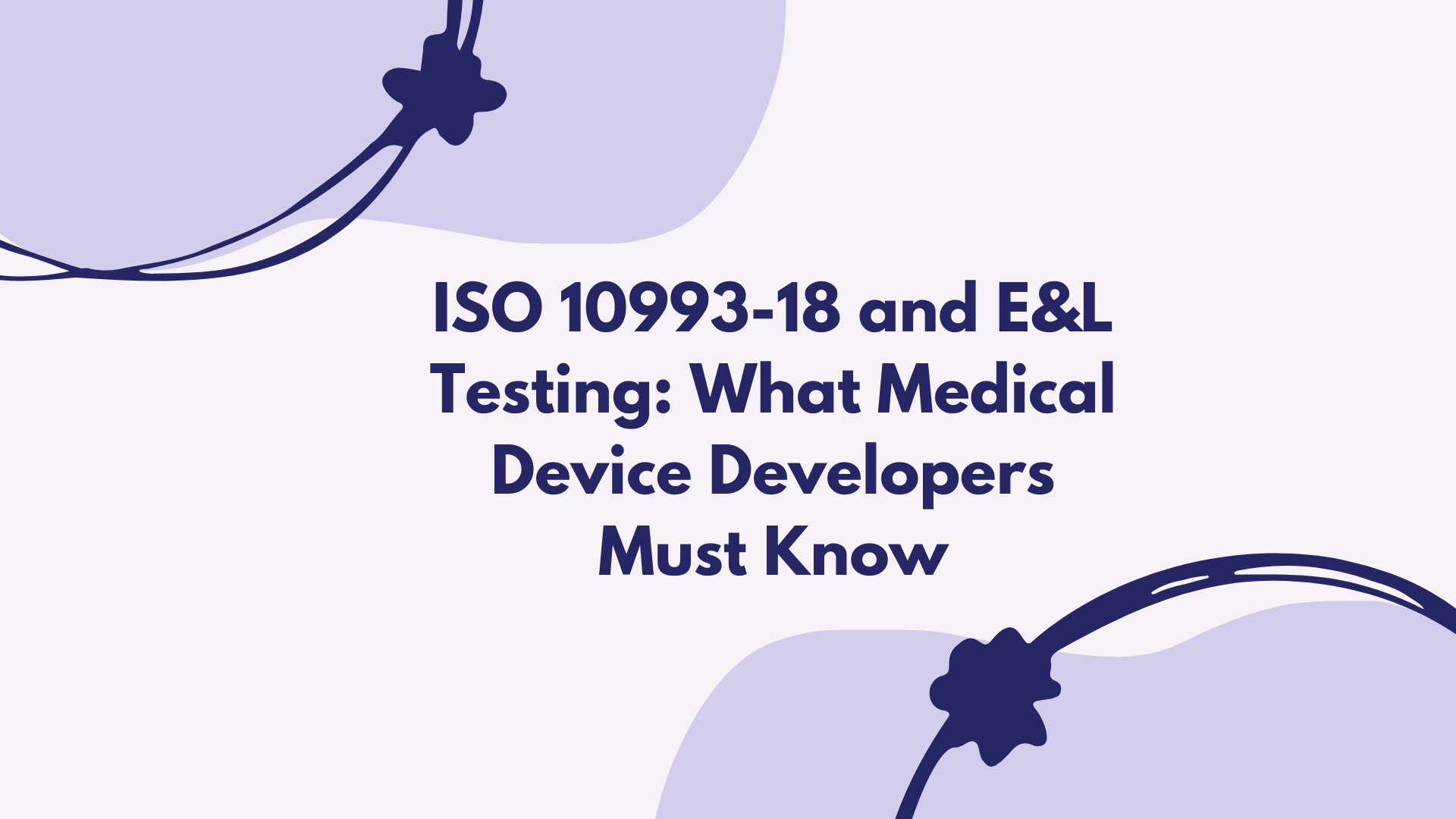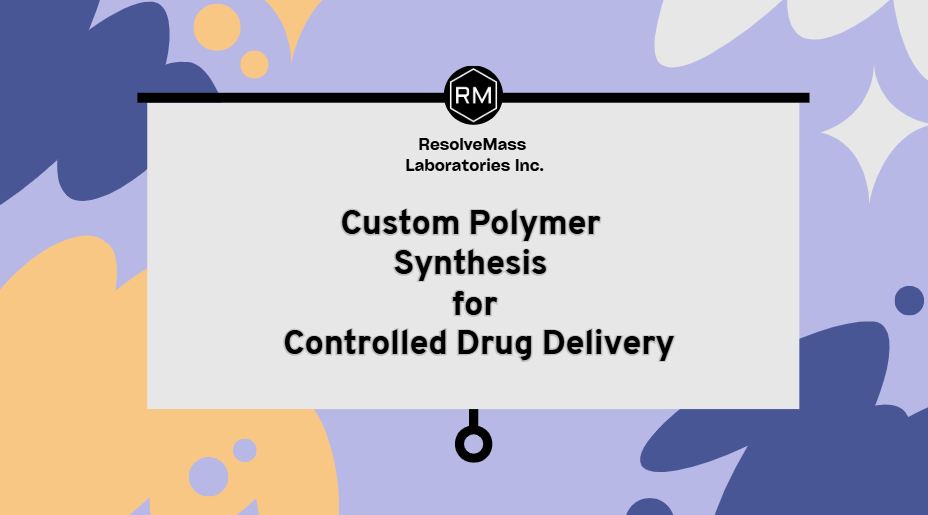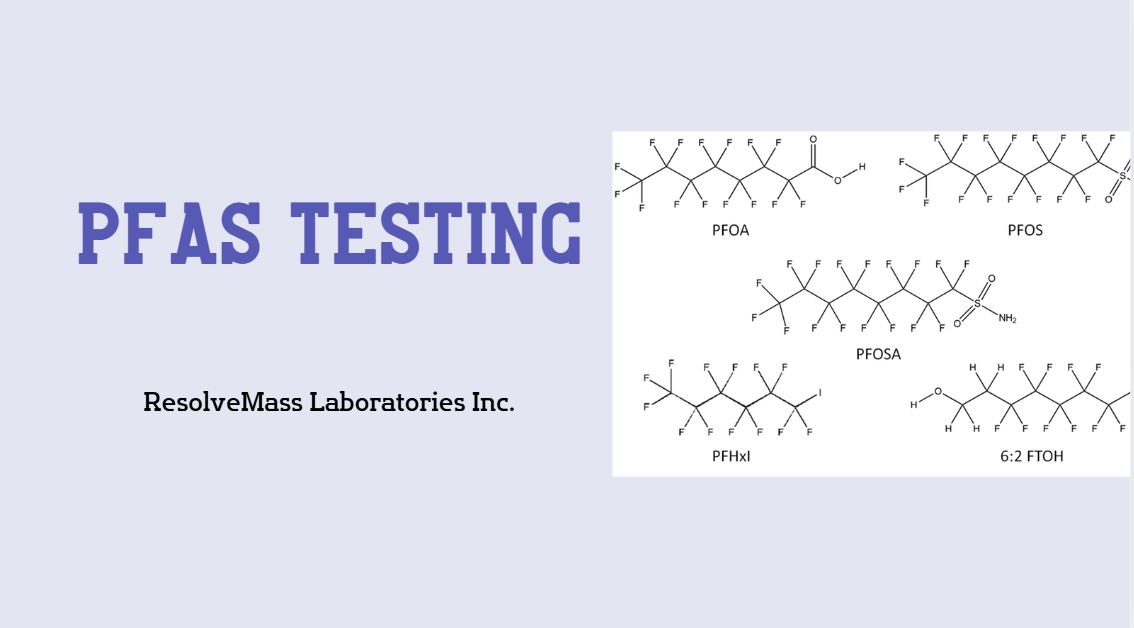Summary: What You’ll Learn
- What ISO 10993-18 E&L Testing means and why it matters
- The difference between extractables and leachables
- Step-by-step testing process explained simply
- Why testing is required and for which devices
- How ResolveMass Laboratories helps ensure compliance
- Answers to top questions about E&L studies
What is ISO 10993-18 E&L Testing and Why is It Important?
As medical devices are increasingly designed to come in direct contact with the human body, their safety becomes even more critical. ISO 10993-18 E&L Testing is the international standard that guides chemical characterization for these devices. This testing helps find any chemicals that could leak from materials into the human body. It’s not just about getting approval from the FDA or other agencies—it’s about protecting patients and ensuring product quality.
At ResolveMass Laboratories Inc., we provide full ISO 10993-18 E&L Testing services to help developers bring safe and compliant devices to market. Whether you’re working with stents, syringes, catheters, or drug-device combos, having a strong E&L testing strategy early on can save you from major risks later.
What Does ISO 10993-18 E&L Testing Include?
ISO 10993-18 E&L Testing Basics
This standard is part of a bigger set (ISO 10993) focused on evaluating how safe a device is when used in or on the human body. Under ISO 10993-18 E&L Testing, experts look at materials used in the device to identify chemicals that might be released during regular or extreme usage.
These chemicals may come from plastics, glues, coatings, or rubber parts. Some can be harmful, especially when devices are used for a long time or are in direct contact with blood or tissue. Even tiny amounts of certain substances can trigger serious health effects over time, which is why detecting and evaluating them early is so important. That’s why this testing is essential.
Key Goals of E&L Testing Under ISO 10993-18
- Find out exactly what chemicals are present in device materials
- Check if those chemicals could be harmful to humans
- Set safe exposure levels
- Show that the device meets FDA and global regulations
At ResolveMass Laboratories, we use precise techniques to detect even tiny amounts of chemicals, giving you confidence in your test results.
Explore how we execute compliant Extractables and Leachables testing at ResolveMass.
Extractables vs. Leachables in ISO 10993-18 E&L Testing
Understanding these two terms is key:
| Feature | Extractables | Leachables |
|---|---|---|
| What it means | Chemicals that come out in strong test conditions | Chemicals that leach out under normal use |
| Test conditions | Simulated (like high heat or strong solvents) | Realistic (like body temperature and real use) |
| Why it’s done | To see worst-case exposure | To know what the patient may actually be exposed to |
Extractables help you identify possible risks, while leachables confirm what actually reaches the body during normal use. Both are needed for a full safety picture.
Read more about E&L and patient safety
Why ISO 10993-18 E&L Testing Is Essential for Developers
Skipping or delaying E&L testing can lead to serious consequences—like delayed approvals, failed submissions, or product recalls. Agencies such as the FDA, EMA, and PMDA all require detailed chemical analysis before approving devices. Without proper testing, your device could be flagged as unsafe, even if it performs well mechanically or functionally.
Here are some important points:
- Every material that touches the body (even briefly) must be tested
- The type of contact—surface, blood, or implant—affects the testing plan
- Testing conditions must match how the device will actually be used
- Data from E&L tests is used for toxicology risk assessments
Doing this early helps avoid costly fixes or failures later in the development cycle.
Learn more in our FAQs on E&L testing
Why Choose ResolveMass for ISO 10993-18 E&L Testing?
ResolveMass Laboratories Inc. is known for its reliable, end-to-end ISO 10993-18 E&L Testing services. Our team includes chemists, toxicologists, and compliance experts who work together to get accurate and fast results. With years of experience in testing a wide range of medical devices, we understand the challenges manufacturers face in meeting global safety standards. Our goal is to simplify the compliance process, reduce delays, and help bring safe, effective products to market faster. You can rely on us not just for data—but for expert guidance every step of the way.
What Makes ResolveMass a Strong Testing Partner?
- Accredited to ISO/IEC 17025 standards
- Expertise in plastics, rubbers, coatings, and complex drug-device designs
- Full range of custom E&L testing options
- High-end equipment like LC-MS/MS, GC-MS, FTIR, and ICP-MS
- Integrated toxicological assessments
With ResolveMass, you get clear reports ready for submission, so you can move forward with confidence.
How ISO 10993-18 E&L Testing Works – Step by Step
- Material Review – Review the device materials and chemicals used in making it
- Test Planning – Decide on solvents, temperatures, and timeframes based on device use
- Lab Testing – Use tools like mass spectrometry to find and measure chemicals
- Toxicology Check – Compare chemical levels to safe limits
- Final Report – Provide complete documentation for regulators
Each step builds a solid case that your device is safe and ready for the market.
Check our E&L cost guide for budgeting assistance
When is E&L Testing Required?
You need to perform ISO 10993-18 E&L Testing if:
- Your device touches the body directly or through fluids
- It stays inside the body for more than 30 days
- It delivers medicine (e.g., drug-device combo)
- It involves materials that degrade over time
These devices include catheters, inhalers, implants, dialysis machines, and surgical tools.
For more guidance, visit:
Common Devices Requiring ISO 10993-18 E&L Testing
- Catheters and tubing
- Drug-delivery devices (e.g., inhalers, prefilled syringes)
- Implants and stents
- Surgical instruments
- Dialysis and blood-contact devices
Explore our CRO services for E&L testing
ISO 10993-18 E&L Testing – Frequently Asked Questions
ISO 10993-18 is a part of the ISO 10993 series that focuses on chemical characterization of materials used in medical devices. It helps identify any chemicals that might come out of the device when it’s used in the body. This testing is important to make sure the device is safe and won’t release harmful substances.
The ISO 10993 series has more than 20 parts, each covering a different aspect of biological evaluation for medical devices. Some parts focus on tests like cytotoxicity or irritation, while others deal with chemical risks, like ISO 10993-18. All parts work together to ensure a device is safe for use in or on the human body.
ISO 10993 material characterization means studying the materials used in a medical device to see what they’re made of. It checks for chemicals that might be present and whether they could be harmful if they enter the human body. This step is important before doing any biological safety tests because it gives a clear picture of the device’s chemical makeup.
ISO 10993-18 focuses on identifying the chemicals present in medical device materials. It helps find out what substances might come out of the device during use. On the other hand, ISO 10993-17 looks at the health risks of those chemicals. It helps decide how much of each chemical is safe for patients. So, 10993-18 tells you what’s there, and 10993-17 tells you if it’s safe.
Yes, E&L (Extractables and Leachables) results can vary from one batch to another. This can happen due to small changes in raw materials, manufacturing methods, or even storage conditions. That’s why it’s important to test different batches, especially if there are changes in suppliers or processes, to make sure the device stays safe and consistent.
Yes, the FDA accepts ISO 10993-18 studies as long as they are done properly. The data must come from a qualified lab using validated testing methods. The study should clearly show what chemicals are present and include a toxicology review. If the study meets these requirements, it can support FDA approval of the device.
Final Thoughts on ISO 10993-18 E&L Testing
From early-stage development to final approval, ISO 10993-18 E&L Testing plays a vital role in keeping medical devices safe. This isn’t just a box to check—it’s a smart move to protect patients and ensure your product succeeds. By identifying chemical risks early, you avoid costly delays, product recalls, and compliance issues later in the process.
ResolveMass Laboratories Inc. is your expert partner in navigating E&L testing requirements. We make the process simple, fast, and reliable, with everything you need under one roof. Our team works closely with you to design the right testing plan, meet regulatory expectations, and move your product forward with confidence.
Begin your journey to compliance:
EL Testing Services
USP E&L Testing Expertise
Extractable and Leachable Services
EL Study Design
📩 Reach out for a consultation or quote:


